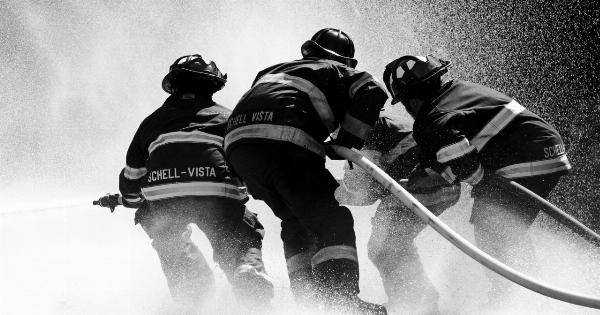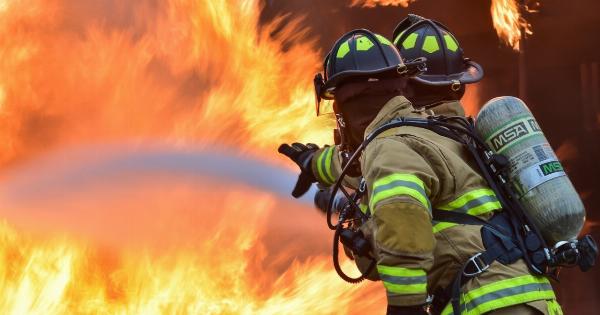Dogs have long been known for their loyalty and companionship to humans. However, there are some special dogs that go above and beyond being just pets. These heroic animals are trained to save lives and assist during emergencies.
In this article, we will uncover the amazing world of canine rescuers and the work they do.
Types of Canine Rescuers
There are different types of canine rescuers trained for specific tasks. Here are some of the most common ones:.
Search and Rescue Dogs
These dogs are trained to locate missing or trapped people in different terrains, including forests and mountains. They are often used in natural disasters like earthquakes and hurricanes or in criminal investigations.
Search and rescue dogs use their powerful sense of smell to track scents and locate people.
Disaster Response Dogs
These dogs are trained to help people during natural disasters, including tornadoes, floods, and hurricanes. They work with their handlers to locate survivors and provide comfort to those affected by the disaster.
Disaster response dogs are highly trained to work in hazardous conditions.
Avalanche Dogs
These dogs are trained to find people buried in snow or ice after an avalanche. They are often used in ski resorts and mountain regions where avalanches are common.
Avalanche dogs are trained to detect human scent under several feet of snow and guide rescuers to the location.
Water Rescue Dogs
These dogs are trained to jump into the water to rescue people. They are often used during floods and boating accidents. Water rescue dogs are trained to swim for long distances and have the strength to pull people to safety.
Medical Assistance Dogs
These dogs are trained to assist people with medical conditions, including diabetes and epilepsy. They can detect changes in their handler’s body and alert them or others when help is needed.
Medical assistance dogs can also provide comfort and support to their handlers.
Purpose-Bred Rescue Dogs
These dogs are bred specifically for rescue work and are trained for different tasks, including search and rescue, disaster response, and avalanche rescue. Purpose-bred rescue dogs are highly trained and come from a long line of working dogs.
Training for Canine Rescuers
Canine rescuers undergo extensive training to prepare them for different tasks. They must learn to work with their handlers and respond to commands promptly. The training process can take several months or even years.
Training for search and rescue dogs involves teaching them to track scents, work in different terrains, and locate people. Disaster response dogs are trained to work in hazardous conditions, including collapsed buildings and flooded areas.
Avalanche dogs learn to navigate snow and ice and locate people buried under several feet of snow. Water rescue dogs are trained to swim in different conditions, including strong currents and cold water.
The Importance of Canine Rescuers
Canine rescuers play a crucial role during emergencies and natural disasters. They can locate missing people, provide comfort to survivors, and assist with medical emergencies. These dogs work closely with their handlers and form close bonds with them.
Canine rescuers are also important in criminal investigations. They can track scents and locate suspects, helping law enforcement officers in their work. These dogs are highly trained and can detect scents that humans cannot.
Conclusion
Canine rescuers are amazing animals that save lives and provide comfort during emergencies. We owe them a debt of gratitude for their selfless work. These dogs are a testament to the unique bond between humans and animals.






























